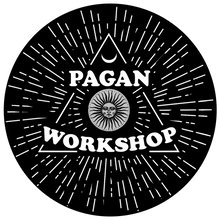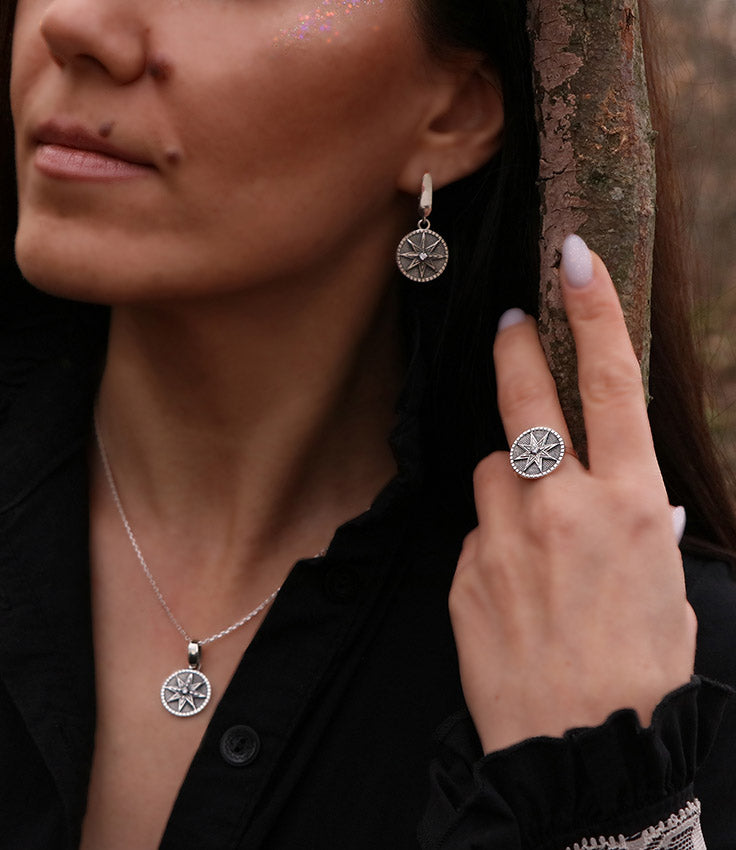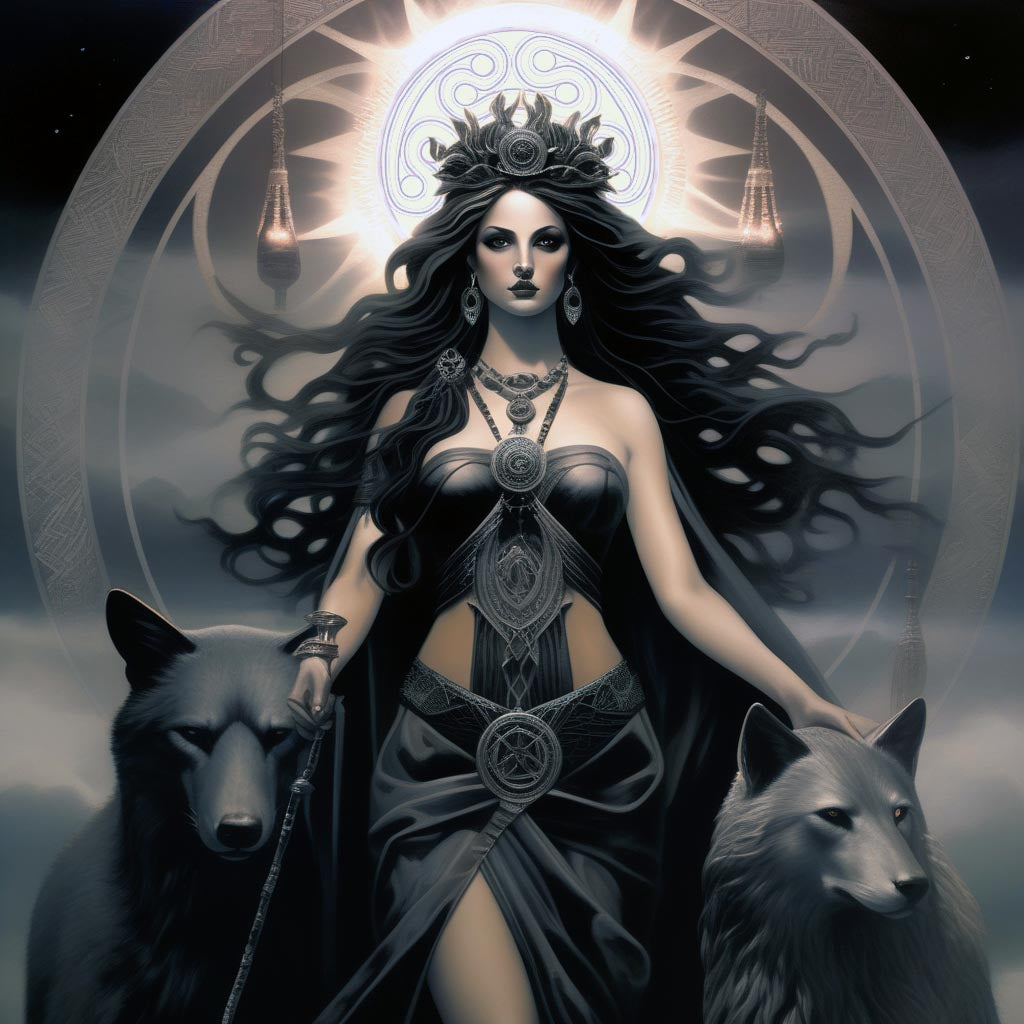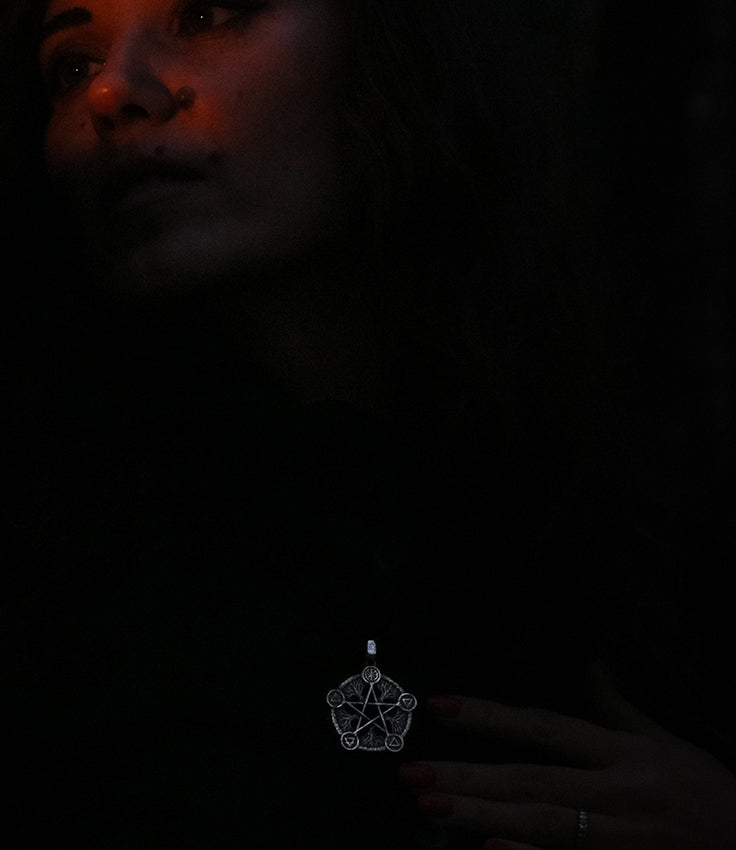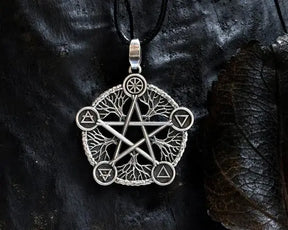The pagan year is often referred to as the "Wheel of the Year" which is a cycle of seasonal festivals celebrated by many modern pagans, especially those following traditions like Wicca and other forms of neo-paganism. The Wheel of the Year consists of eight sabbats, marking the changes in nature and the relationship between the Earth and the Sun. Here are the key festivals:
1. Samhain (October 31 - November 1)
- Also Known As: Halloween, All Hallows' Eve
- Significance: Samhain is considered the pagan New Year. It's a time to honor the dead, including ancestors and loved ones, and marks the final harvest of the year. It is also believed that the veil between the living and the spirit world is thinnest during this time.
2. Yule (December 21 or Winter Solstice)
- Also Known As: Midwinter
- Significance: Yule celebrates the rebirth of the Sun, as it is the longest night of the year. Many Christmas traditions, such as the Yule log and decorating a tree, have roots in ancient Yule celebrations.
3. Imbolc (February 1 - 2)
- Also Known As: Brigid’s Day, Candlemas
- Significance: Imbolc celebrates the coming of spring and the return of light. It is associated with purification, renewal, and the first signs of life reappearing in nature. It honors the goddess Brigid in Celtic traditions.
4. Ostara (March 21 or Spring Equinox)
- Also Known As: Vernal Equinox
- Significance: Ostara is a celebration of balance, renewal, and fertility, marking the time when day and night are equal. Many symbols associated with this holiday, like eggs and rabbits, are also part of Easter traditions.
5. Beltane (April 30 - May 1)
- Also Known As: May Day
- Significance: Beltane is a festival of fertility, love, and passion, celebrating the union of the God and Goddess. It's a time of joy, growth, and the blossoming of nature. Traditional celebrations often include bonfires and dancing around maypoles.
6. Litha (June 21 or Summer Solstice)
- Also Known As: Midsummer
- Significance: Litha celebrates the longest day of the year and the power of the sun at its peak. It's a time of strength, vitality, and abundance. Traditionally, bonfires and feasting are common.
7. Lammas or Lughnasadh (August 1)
- Also Known As: First Harvest Festival
- Significance: Lammas marks the first harvest, particularly of grains. It is a time to give thanks for the abundance of the earth and to prepare for the colder months ahead. Offerings of bread and grain are often made.
8. Mabon (September 21 or Autumn Equinox)
- Also Known As: Harvest Home
- Significance: Mabon is a celebration of balance and thanksgiving for the fruits of the earth, marking the second harvest. Day and night are equal, but darkness is beginning to take over as the days grow shorter.
These festivals honor the cycles of nature, the balance of light and dark, life and death, and the changing seasons, each with its own rituals, symbolism, and spiritual significance.
